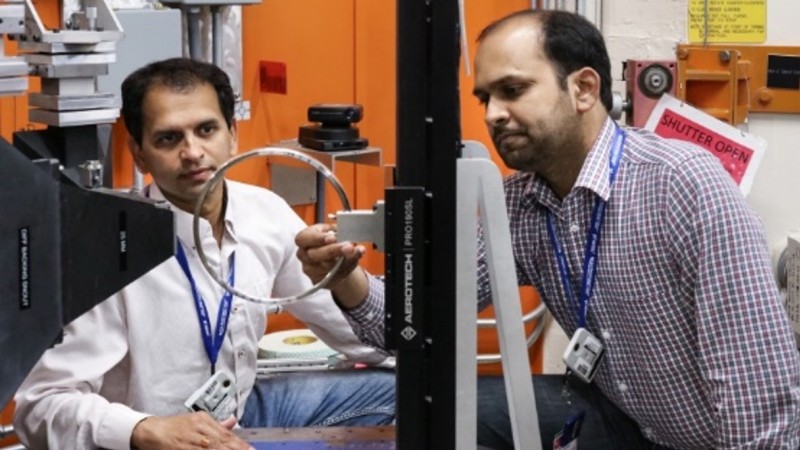Neutrons at work for The Timken Company
The machining and heat treating processes used by Timken to shape and harden the company’s steel bearings can introduce residual stress and internal microscopic deformations within the material. Standard x-ray analyses could only probe inside the bearings as far as 200 microns (about the width of 4 human hairs), so the researchers approached Oak Ridge National Laboratory (ORNL) for help.
Using the Neutron Residual Stress Mapping Facility at ORNL’s High Flux Isotope Reactor, the researchers were able to map out the different internal stresses from each step in the manufacturing process. The neutron data allowed them to observe how a bearing’s internal stress state changes with each stage of production.
Neutrons can probe materials non-destructively
As significant as the ability of neutrons to penetrate dense materials like metals, the ability to do so without damaging or altering the sample is equally important. Non-destructive testing enables analyzing the same sample at every stage of production, which avoids introducing unwanted variables.
Timken was able to develop a quantitative model based on the actual physics of the manufacturing process, while also capturing the subsurface residual strain, something that required the extensive empirical validation provided by neutron analysis.
For more details, visit
hhttps://neutrons.ornl.gov/content/timken-turns-neutrons-get-its-bearings-internal-stresses
Contact
Dr. Ke An
Industrial Liaison
kean@ornl.gov



